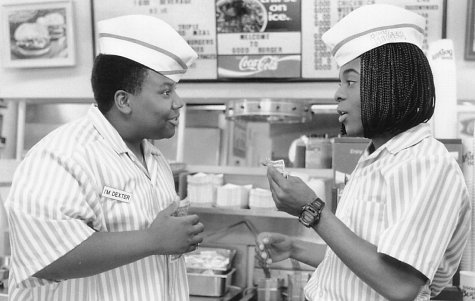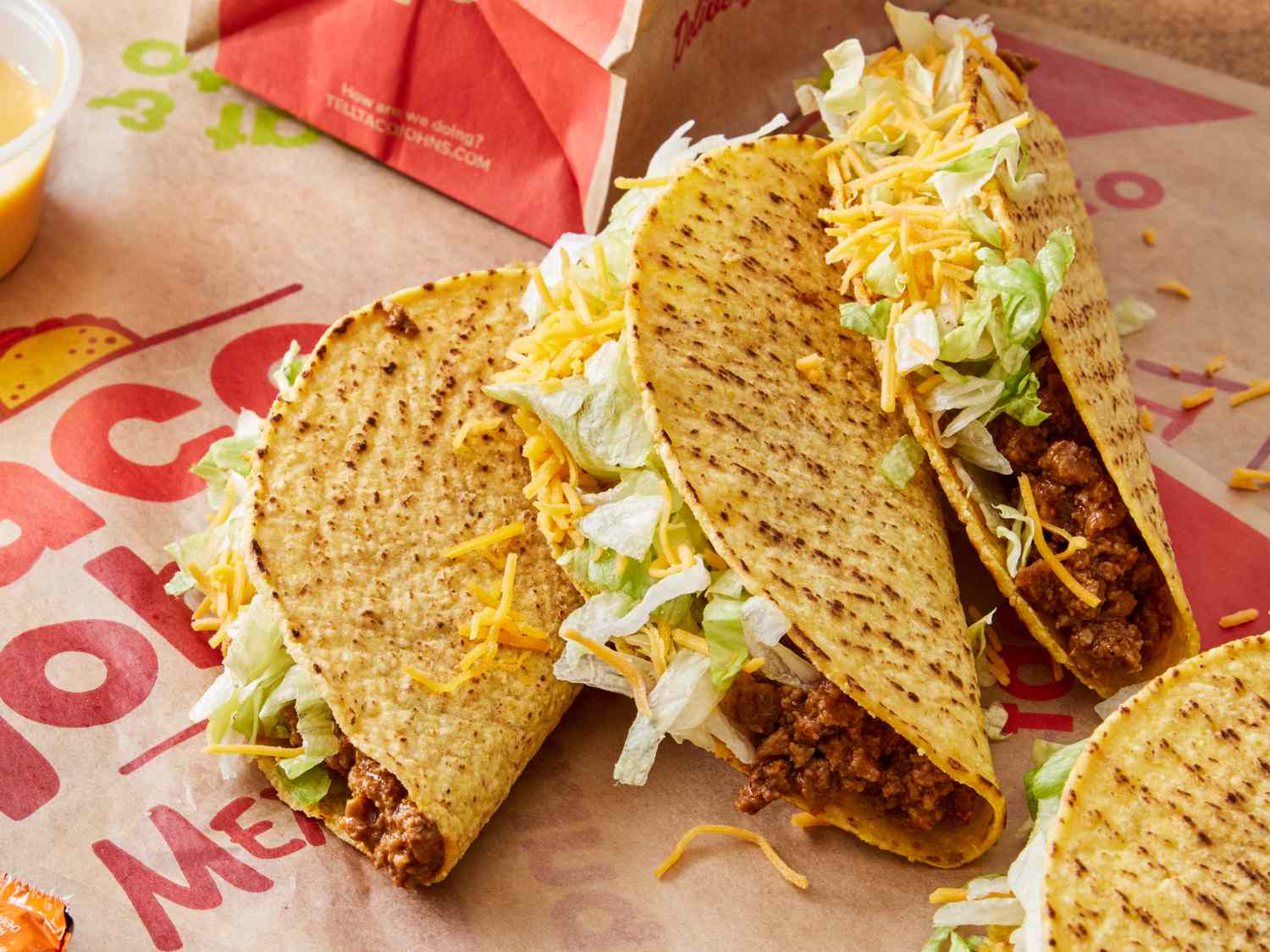Upon leaving school, you proceed directly to soccer practice. After practice, your father picks you up, and you notice your stomach is growling. However, instead of returning home, you must go to your sister’s piano recital. How can you quell your hunger? It seems a visit to a fast food drive-through might be on the horizon.
In today’s fast-paced society, many individuals find themselves perpetually busy. During mealtimes, we often lack the time to return home and prepare food. Consequently, we tend to seek out the nearest fast food establishment for a quick meal between our various commitments.
Historically, the world did not always operate at such a rapid pace. Does this imply that fast food restaurants are a recent phenomenon? Not quite! You may be surprised to discover the extensive history of fast food establishments.
Restaurants, in various forms, have existed for much of human history. Catering to travelers, inns and taverns have been serving meals to guests since the times of ancient Greece and Rome.
The first true fast food restaurant emerged in 1921 in Wichita, Kansas, with the establishment of White Castle by short-order cook Walter Anderson and former reporter Edgar W. “Billy” Ingram. Prior to this, hamburgers were primarily sold at fairs and from food carts, and were generally regarded as low-quality fare.
White Castle sought to transform the American perception of hamburgers. The inaugural White Castle restaurant featured an open kitchen, allowing customers to witness their food being prepared.
Although fast food did not gain immediate popularity, it gradually evolved alongside the rise of the automobile. As Americans became more mobile, the need for quicker food options while traveling increased.
The assembly-line approach to food preparation that we now associate with contemporary fast food establishments emerged with the inception of the original McDonald’s in the 1940s. Ray Kroc, motivated by the effectiveness of offering a limited selection of menu items while prioritizing quality, opened the first McDonald’s franchise in Des Plaines, Illinois, in 1955.
It did not take long for other well-known fast food chains to emerge. Burger King and Taco Bell were established in the 1950s, while Wendy’s made its debut in 1969.
A notable feature of modern fast food restaurants that many children recognize today is the drive-through window. The first establishment to introduce a drive-through equipped with a two-way speaker system is widely regarded to be In-N-Out Burger, a popular franchise in California that began operations in 1948.
Currently, fast food restaurants are ubiquitous, with some densely populated areas showcasing them on nearly every street corner. Experts estimate that the United States alone is home to over 300,000 fast food outlets. Collectively, the industry generates billions of dollars in sales globally each year.


